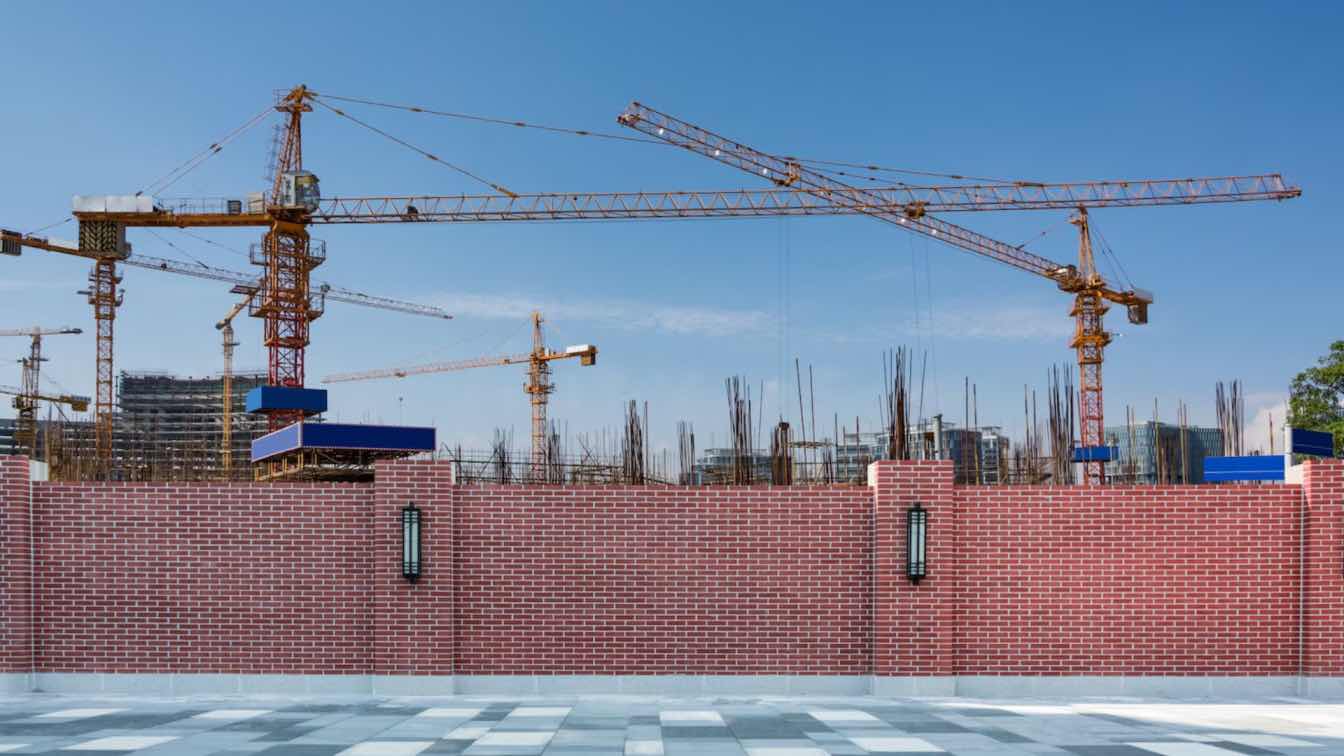Construction sites can be dangerous places for both workers and visitors. There are endless hazards, ranging from large machinery to heavy materials onsite. For this reason, it is essential for risk assessments to be carried out and for safety procedures to be followed at all times.
Here’s what you need to know about staying safe on construction sites.
The most common accidents & injuries in construction
The most common accidents and injuries in construction include:
Falls from height: Working on scaffolding and other high surfaces means that construction workers are at risk of falling from height, which can be fatal.
Falling objects: Construction workers are required to wear PPE to protect them from falling materials. Otherwise, they could be at risk from a serious head or brain injury – or even death. Falling objects can range from heavy poles to bricks.
Slips and trips: Spillages on surfaces that aren’t clearly marked can cause a serious accident. This can be made worse by additional hazards in your surroundings.
Accidents involving machinery: Machinery onsite might range from forklifts to cranes. Moving vehicles also creates a sizeable risk on construction sites. Workers can sustain injuries after being hit by a moving vehicle or due being exposed to moving machinery.
Injuries from equipment: The use of saws, hammers and power tools can result in injury. These might range from severe cuts to broken bones depending on the incident.
Hearing-related injuries: Exposure to vibrations and loud noise that exceeds safe levels (exacerbated by a lack of PPE) can cause partial or total hearing loss. Drilling and other activities play a big part in this risk.
Injuries from manual handling: Construction workers can experience repetitive strain and are at risk of injury when lifting and carrying heavy items. Back and spinal cord injuries can arise from these simple actions onsite.
If you have experienced a serious injury that wasn’t your fault, you could be eligible for compensation with the help of personal injury solicitors to help you move forward.
Preventing accidents in construction sites
The Health and Safety Executive (HSE) plays a big role in reducing accidents and injuries on construction sites. They publish statistics and guidance to help workplaces keep their employees safe.
The correct PPE should be provided and worn at all times while onsite. Examples include:
- Head protection (e.g. hard hats)
- Eye and face protection (e.g. goggles)
- Foot protection (e.g. steel toe cap boots)
- Body protection (e.g. bodysuits)
- Hi-visibility clothing
- Hand and arm protection (e.g. gloves)
- Expiratory protection (e.g. masks)
- Ear protection (e.g. ear defenders)
The HSE also sets out guidelines where construction workers require sufficient skills, knowledge, training and experience (SKTE) before embarking on certain tasks, such as operating machinery. A tidy workplace will also help to reduce the likelihood of slips or trips. Workers should be diligent while walking across the site as they might encounter trailing cables, uneven surfaces or slippery patches.
Hazards and accidents should also be reported so that the impacts of these can be minimised and dealt with quickly.





